6. Sweet Country (Warwick Thornton, 2017)
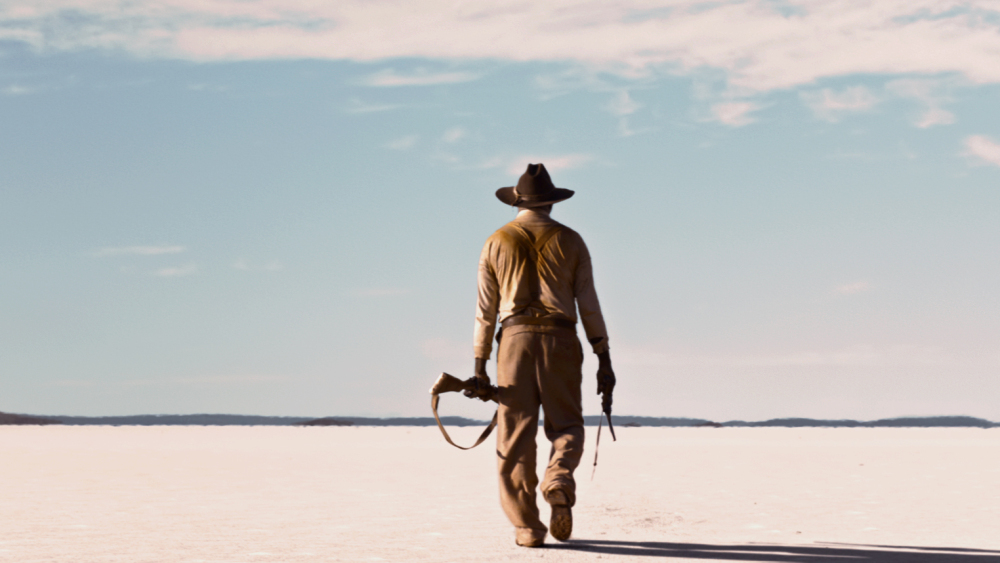
In the years following the First World War, Sam Kelly (Hamilton Morris), a middle-aged Aboriginal Australian man, works on the farm of Fred Smith (Sam Neill) in the outback. Sam’s labour is loaned by Fred to an alcoholic named Harry March (Ewen Leslie). Harry’s treatment of Sam’s wife Lizzie (Natassia Gorey-Furber) impels Sam to take action. Sweet Country also features one of Australia’s greatest actors: Bryan Brown.
A tearjerking, thought-provoking drama, Sweet Country may be Australia’s most important film. Long-overdue, it addresses the racism, violence and disenfranchisement thrust upon Aboriginal Australians. Very few, if any other films deal this intimately with this community, let alone cast Aboriginal protagonists. Sweet Country allows audiences to understand what life was like for Aboriginal Australians during the days of the British Empire – the clash of cultures.
More broadly, it also explores the barbarity and fickleness of the legal system, as a metaphor for human nature. It functions as a consideration of how human beings suffer needlessly when confined to the conformity and barbarity of a flawed system. Hamilton Morris’s acting is as humane as it is dominating, his casting signalling the discovery of a great talent. Similarly, Natassia Gorey-Furber’s adept work is so natural and instinctive, it’s as if she isn’t acting at-all. The film’s shocking climax is sure to stimulate serious thought and discussion about its weighty issues.
7. Hostiles (Scott Cooper, 2017)
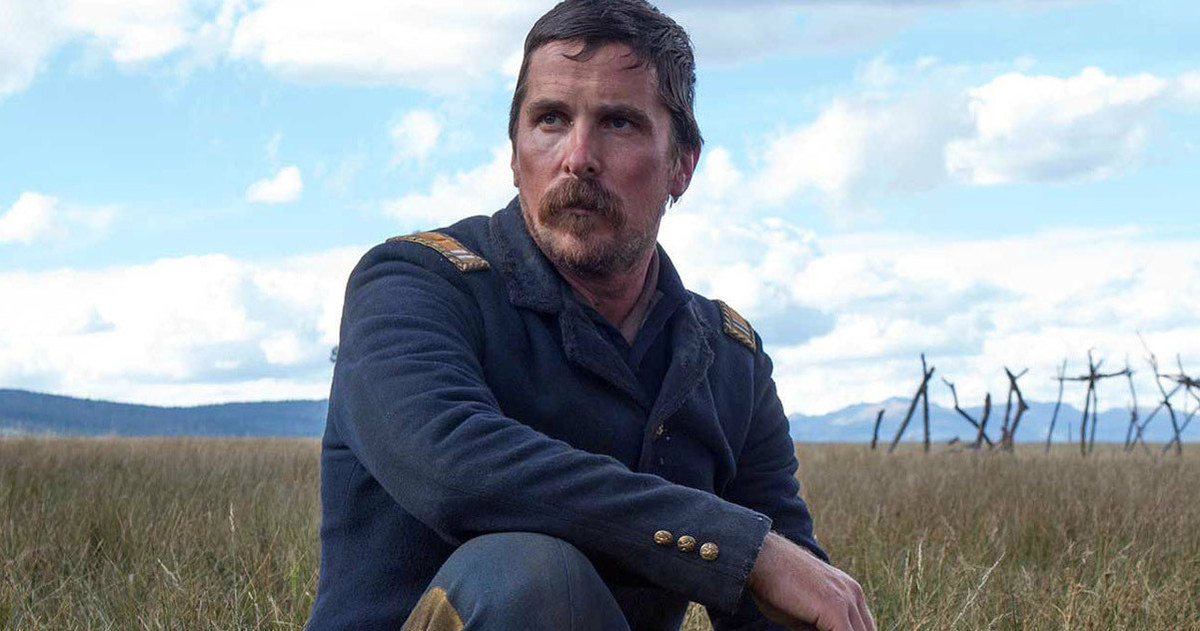
The pinnacle of the revisionist western sub-genre is the fourth film from Crazy Heart director Scott Cooper. In New Mexico, 1892, US Army Captain Joseph Blocker (Christian Bale) bitterly escorts dying Cheyenne war chief Yellow Hawk (Wes Studi) and his family to their tribal homeland. However, their journey’s fraught with peril, from outside and inside their procession. The New World’s lead Q’orianka Kilcher and Rosamund Pike also star with Avatar’s Stephen Lang.
Hostiles is unlike most westerns, which sadly delight in gunning down as many Native Americans as possible. Instead, it examines racial tensions between Native Americans and colonialists, as well as friendships and dialogues. It displays how understanding and compassion are the true tenets that make America great, not selfishness and violence. As you’d expect from Scott Cooper, the film’s technically seamless, with particular praise going to its stunning twilight desert cinematography. Maestro Wes Studi, who often plays supporting roles (notably in Last of the Mohicans), is provided the opportunity to carry the piece. He delivers a startlingly profound, career-best turn as Chief Yellow Hawk.
As with his work in the gangster genre, Cooper elevates the western to a vessel of significant meaning. In concurrence with its well-written drama, it delivers on all the action expectations of the genre. It features perhaps the best opening scene to a film in the 2010s, making use of Rosamund Pike’s talent. Hostiles is a must-watch for those desiring to see the limits of what the western genre can do, those in-search of something more than generic storylines.
8. The Sisters Brothers (Jacques Audiard, 2018)
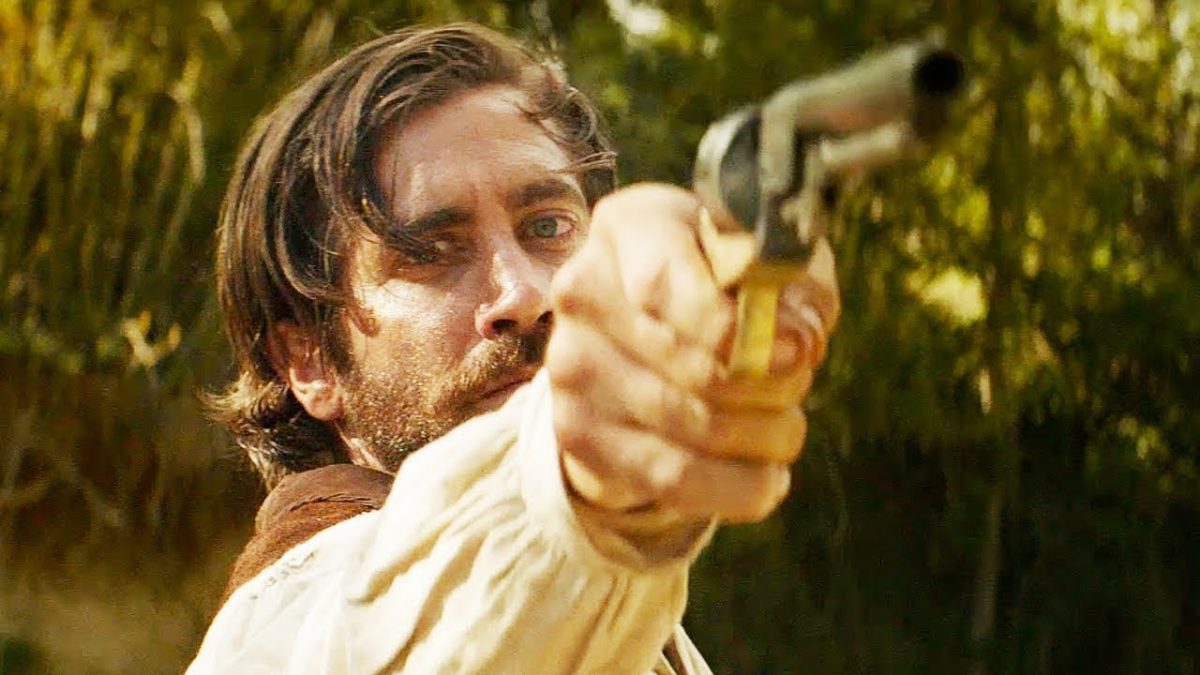
In the 1850s, gunfighting duo the Sisters brothers (Joaquin Phoenix, John C. Reilly) hunt two gold prospectors (Riz Ahmed, Jake Gyllenhaal), who dream of founding a utopian society. The screenplay is based upon the 2011 novel by Patrick deWitt.
What, on first sight, may look like a rehash of Butch Cassidy and the Sundance Kid, The Sisters Brothers is in fact a trailblazing, unorthodox western gem, surmised when the bandits ride their horses along a beach. It introduces the world of science into the western for fascinating results. It communicates forward thinking thoughts and ideas, surpassing the remit of the genre. The characters are written with great depth and tenderly brought to life by Reilly and Phoenix, the former’s work being especially emotive, standing in the pantheon of his finest performances.
Upon its release, The Sisters Brothers was a box office bomb, though critical praise was very strong. Western fans are guaranteed all the genre flourishes they’d expect, whilst also being introduced to something unique. Like Bone Tomahawk, this enrapturing, mysterious film takes the genre to new places, in technically superlative fashion.
9. Never Grow Old (Ivan Kavanagh, 2019)
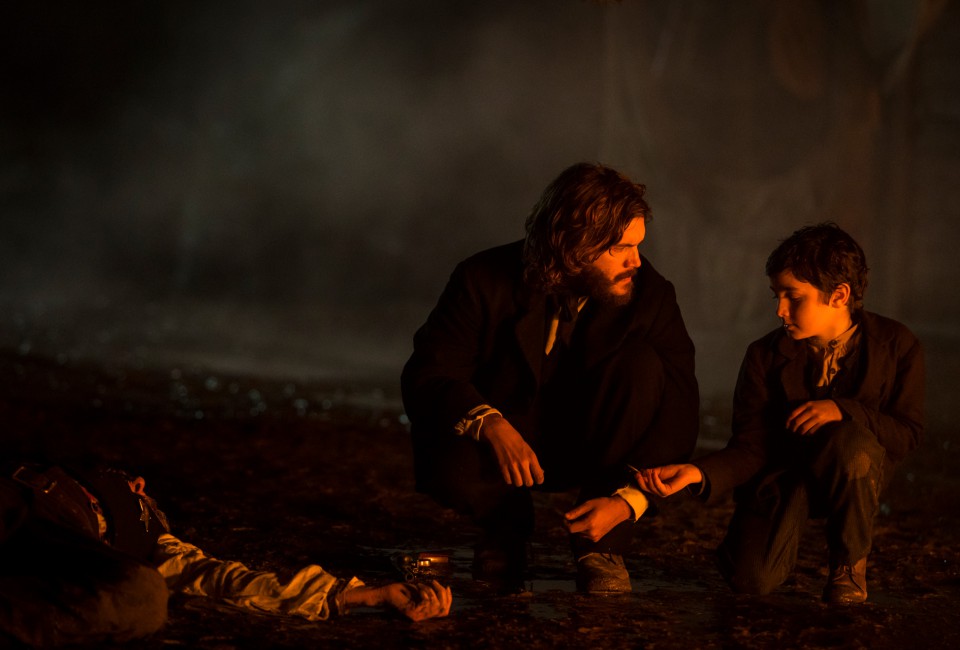
Filmed in Ireland, this feminist western tells the story of a pious frontier town transformed by the arrival of outlaw Dutch Albert (John Cusack) and his gang. Family man and undertaker Patrick Tate (Emile Hirsch) becomes entangled in their expanding web of vice.
Indisputably one of the best westerns ever made, the film remains unjustly overlooked on streaming services. Subverting expectations, it’s set in a misty forest rather than the usual desert. The rough, fresh pine sets display historical accuracy, as do the accents of the immigrant-majority characters (French, Irish, Italian). Such accents would, in-fact, be more usual in 19th century frontier towns than what’s often heard in westerns: everyone merely speaking in southern drawls. The film’s lighting is reminiscent of Rembrandt, assisting the hallucinogenic effect of its camerawork. Cusack is unusually, surprisingly sinister, juxtaposing against his roles in romantic comedies like High Fidelity. His turn as Dutch Albert is a psychologically manipulative coiled-up snake and may be the most accomplished work of his career.
There is a timelessness to the poignancy of Never Grow Old: it’s as much about the modern day as it is the 19th century. It plants audiences in the mind of a young woman after she’s forced into prostitution, revealing the emotional ruin that is the exploitation of women. Furthermore, there a critique of totalitarianism and capitalism, in addition to the depiction of a word in transformation from religious belief to atheism. The biblical works of painter John Martin are clear inspirations, scrutable in the bedlam of the film’s tone and colour palette. Never Grow Old’s an incredibly powerful, tense, atmospheric film with much to say – a fresh, welcome addition to a well-trodden genre.
10. True History of the Kelly Gang (Justin Kurzel, 2019)
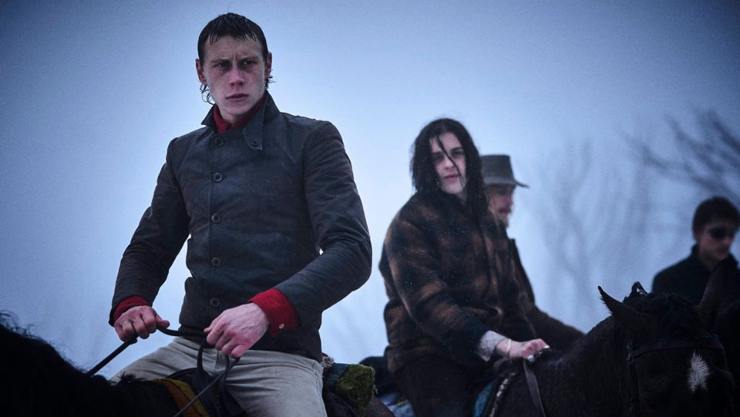
Kurzel’s meat pie western tracks notorious bushranger Ned Kelly’s criminal career in 1870s Victoria, Australia. George McKay plays Kelly, alongside Russell Crowe, Sons of Anarchy lead Charlie Hunnam and About a Boy’s Nicolas Hoult.
Aside from McKay’s commanding, raw acting, what makes this film special is its groundbreaking, darkly beautiful cinematography. This is apparent when police officers are depicted like luminescent ghosts in the darkness, their eyes supernaturally glowing. Aesthetically, the film treads new territory for a western: a graffitied, strangely modernistic prefab shack for a hideout, the bandits wearing dresses. Though fantastical and stylised, it tracks the arc of a criminal career with tragic realism. This begins in childhood, chronicling how a person states from an innocent into a killer.
More than any other western of the 2010s, the True History of the Kelly Gang shows us what’s possible in the genre. It sets and experimental, radical tone for the westerns of the 2020s, as well as a very high bar – both in original filmmaking and performance. Whilst not historically accurate, it’s a vast improvement upon the failed 2003 biopic of Ned Kelly, taking a compellingly different approach. This is a must-watch for western fans looking for a title totally unlike anything they’ve ever seen before.